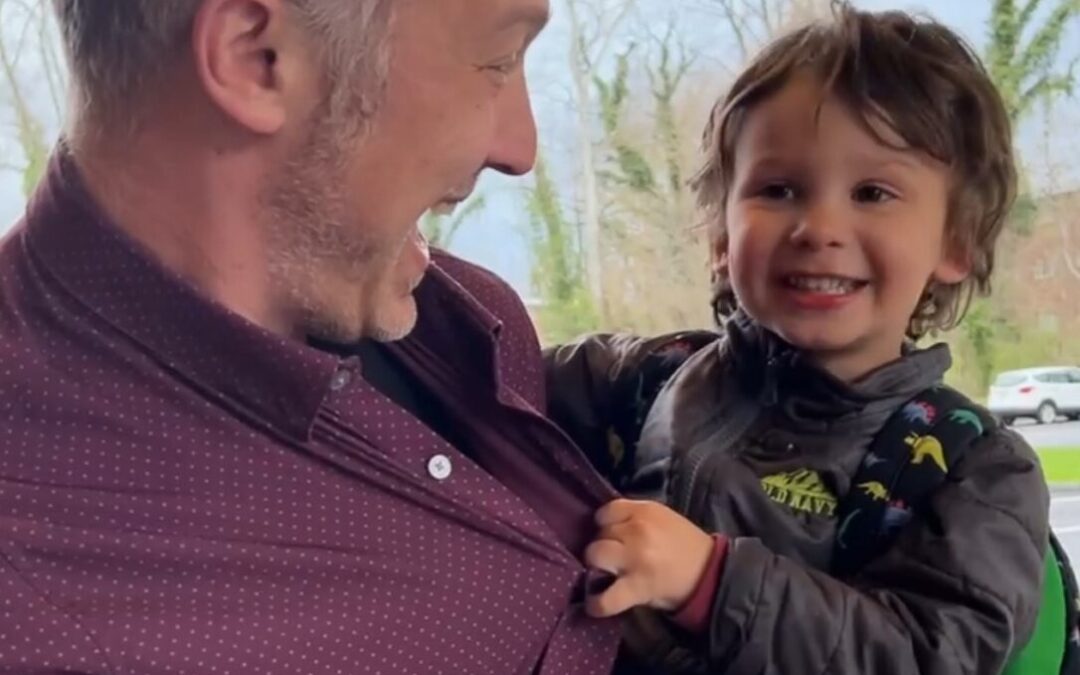Preschool drop-offs can be one of the most challenging parts of the day for both parents and children. When your little one clings to you and struggles with the separation, it’s essential to address their feelings with empathy and create a supportive environment to make the transition smoother. Here’s a guide to help you and your preschooler navigate this daily ritual with greater ease.
Understanding Your Child’s Feelings
When your child clings to you at drop-off, their behavior is a signal of their emotions. It’s important to recognize that they might be feeling scared or anxious about being apart from you. Acknowledge these feelings with empathy and reassurance. For example, you might say, “Your body tells me you might be feeling scared about staying at preschool while I go to work. You are safe at preschool. Mrs. Kendall will keep you safe.” This validation can help your child feel understood and supported.
Using Calming Techniques
To help manage these emotions, practice a calming technique together. One effective method is the S.T.A.R. deep-breathing exercise. You can introduce this technique by reading “Shubert is a S.T.A.R.” at home, making it a familiar and comforting practice. Deep breathing can help both you and your child stay calm and centered during the drop-off.
Establishing a Connection Ritual
Creating a consistent and comforting goodbye routine can provide a sense of security for your child. Develop a special ritual that you perform each morning during drop-off. This could be a simple gesture or phrase from the “I Love You Ritual” book, or something unique to your family. If possible, involve your child’s teacher in the ritual to build a sense of continuity and trust.
Communicating Confidently
Once your ritual is complete, it’s time for you to leave. Communicate with confidence and positivity. A calm and assertive statement like, “I’ll be back after naptime. Mrs. Kendall will keep you safe.” can reassure your child and help them feel more secure. Gently pass your child to Mrs. Kendall and take a deep breath as you walk away. Visualize your child as capable and strong, rather than focusing on the difficulty of the separation.
Preschool drop-offs can be a poignant moment, but with empathy, calming techniques, and a solid routine, you can help your child transition smoothly and feel more secure. Your confidence and reassurance are key in helping them navigate their feelings and embrace their preschool experience.
Remember, this phase is temporary, and with time and consistency, your child will adapt to the routine. Embrace these moments with patience and understanding, and know that each goodbye is a step toward building their independence and resilience.

